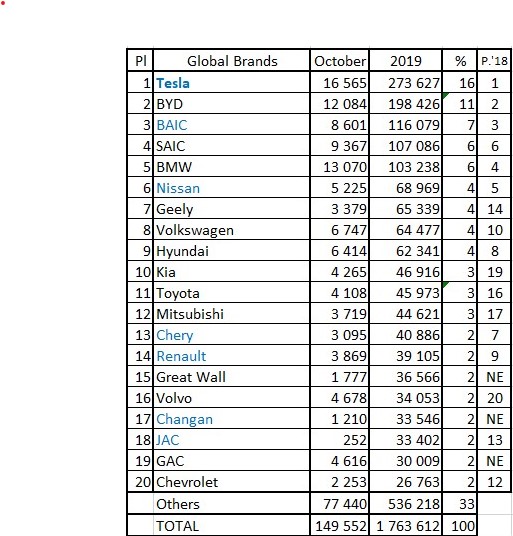willow_hiller
Well-Known Member
Tesla is in talks with police department to use Sentry Mode for policing needs - Electrek
Ok this is cool. I get that policy will want to use sentry mode and avoid having to load up a patrol car with extra video.
What is cool is that the 310 mile range of the performance version provides twice the average range that a patrol car uses in a day. This will save them $13k in fuel costs over 3 years and the will likely avoid much of the $11k maintenance cost over the first 3 years. So this works out to be about 55k miles per year.
Guess what happens after three years and 165k mile when they discover that the vehicle performs almost just as well as when it was new? Maybe the range has declined to 300 miles. But that is no reason to replace the car. I'm thinking they will discover that they can get over twice the lifetime miles.
Truly this is an application that can benefit from a million mile drivetrain. Just getting 500k miles over 9 years would represent a major cost reduction to law enforcement agencies. There is some seriously reliable demand here, once law enforcement figures out just how good the TCO over an extended life is.
It's also an application that will displace 4X as much fuel per vehicle-year as private ownership. So look out crooked oil, the cops are on your tail.
I always thought that Tesla should develop an entire police specific firmware.
For e.g. looking at some of greentheonly's Autopilot view, the car knows the speed of all vehicles around you. It would be relatively simple for Tesla to allow police to see estimated vehicle speeds superimposed on the Autopilot UI. Record that metadata along with a scan from the forward facing radar, and suddenly the Model 3 comes a replacement for the radar gun.



